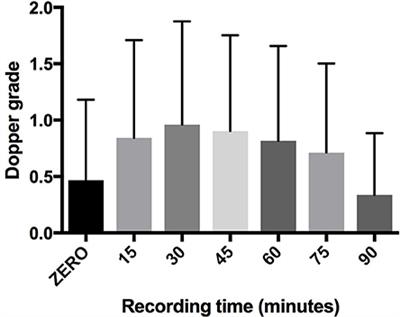On a more positive note…
People do get DCS when diving. Let’s put aside DCS through poor diving — pushing limits, uncontrolled ascents, ignoring safety stops or deco stops.
Undeserved DCS is rare, see @scubadada's post #17 above. The vast majority of divers I know have never had a bend. Those that have had a bend often discover they have a PFO (Patent Forumen Oviale, a.k.a. hole in the heart, which is surprisingly common, circa 25% of the population).
Most divers think about DCS and do their own risk assessment. This may be to avoid deep NDL diving, technical (decompression) diving, not to mention the more challenging diving in wrecks, overheads, etc.
However, many progress to technical, deep, multi-gas, long decompression, rebreather, cave and the myriad other challenging and interesting diving…. They very rarely get bent despite diving far beyond recreational limits where a direct ascent to the surface would mean death or life-changing injury.
Their main mitigation is training, practice, planning, preparation, rigorous kit maintenance, high standards and properly thought through fallbacks (reserve gas, bailouts, redundant kit…). Undeserved DCS doesn’t really factor in these risk assessments when compared with all the other risks!
Can’t wait for the diving season to get started!
People do get DCS when diving. Let’s put aside DCS through poor diving — pushing limits, uncontrolled ascents, ignoring safety stops or deco stops.
Undeserved DCS is rare, see @scubadada's post #17 above. The vast majority of divers I know have never had a bend. Those that have had a bend often discover they have a PFO (Patent Forumen Oviale, a.k.a. hole in the heart, which is surprisingly common, circa 25% of the population).
Most divers think about DCS and do their own risk assessment. This may be to avoid deep NDL diving, technical (decompression) diving, not to mention the more challenging diving in wrecks, overheads, etc.
However, many progress to technical, deep, multi-gas, long decompression, rebreather, cave and the myriad other challenging and interesting diving…. They very rarely get bent despite diving far beyond recreational limits where a direct ascent to the surface would mean death or life-changing injury.
Their main mitigation is training, practice, planning, preparation, rigorous kit maintenance, high standards and properly thought through fallbacks (reserve gas, bailouts, redundant kit…). Undeserved DCS doesn’t really factor in these risk assessments when compared with all the other risks!
Can’t wait for the diving season to get started!






